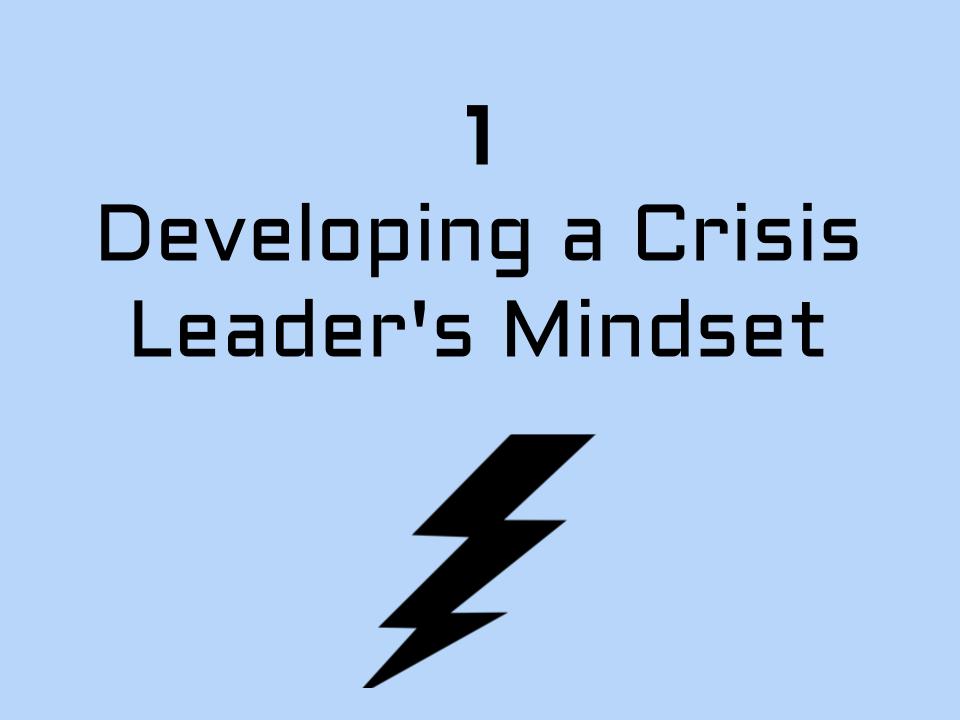What is Motivation?
“People don't buy what you do; they buy why you do it.”
“A leader is one who knows the way, goes the way, and shows the way.”
“Leadership is practiced not so much in words as in attitude and in actions.”
“The art of communication is the language of leadership.”
“People don’t leave bad bosses, they leave bad jobs.”
Like a shot of adrenaline, these quotes may resonate (especially those about bad bosses) but since they are merely platitudes, their short-term inspiration quickly fades and the need for actionable steps fails to materialize. Again.
And I love quotes, too, by the way. I have and regularly add to a categorized spreadsheet of over 3200 quotes. I just don’t rely on them as a replacement for bona fide education.
The lack of actionable steps and measurable skills is one of the reasons that most leadership education is categorized as a soft skill; its content consisting of more platitudes than process.
- Leaders, on the other hand, don’t have the luxury to simply share a pithy quote as a replacement for actual leadership.
Instead, they rely on a solid core of ‘rules for living’ that help frame, categorize and guide what decisions and actions best serve their situation.
For example, "How you do one thing is how you do everything" is one of my 'rules for living' that I apply to my understanding and prediction of human behavior, with much success I might add.
Building and strengthening a leadership mindset is the focus of Module 1.
A leader's mindset is part behavior and part attitude.
- Using reliable mental models enables our behavior - including our decisions - to be consistent with our core ('tree trunk') while we navigate whatever life experiences await us ('branches and leaves').
- By repeatedly seeing and believing ourselves as a survivor before the crisis even occurs, and preparing accordingly, our resolve ('attitude') strengthens.
With that strengthening mindset and the right tools, our confidence and competence grows as a leader.


